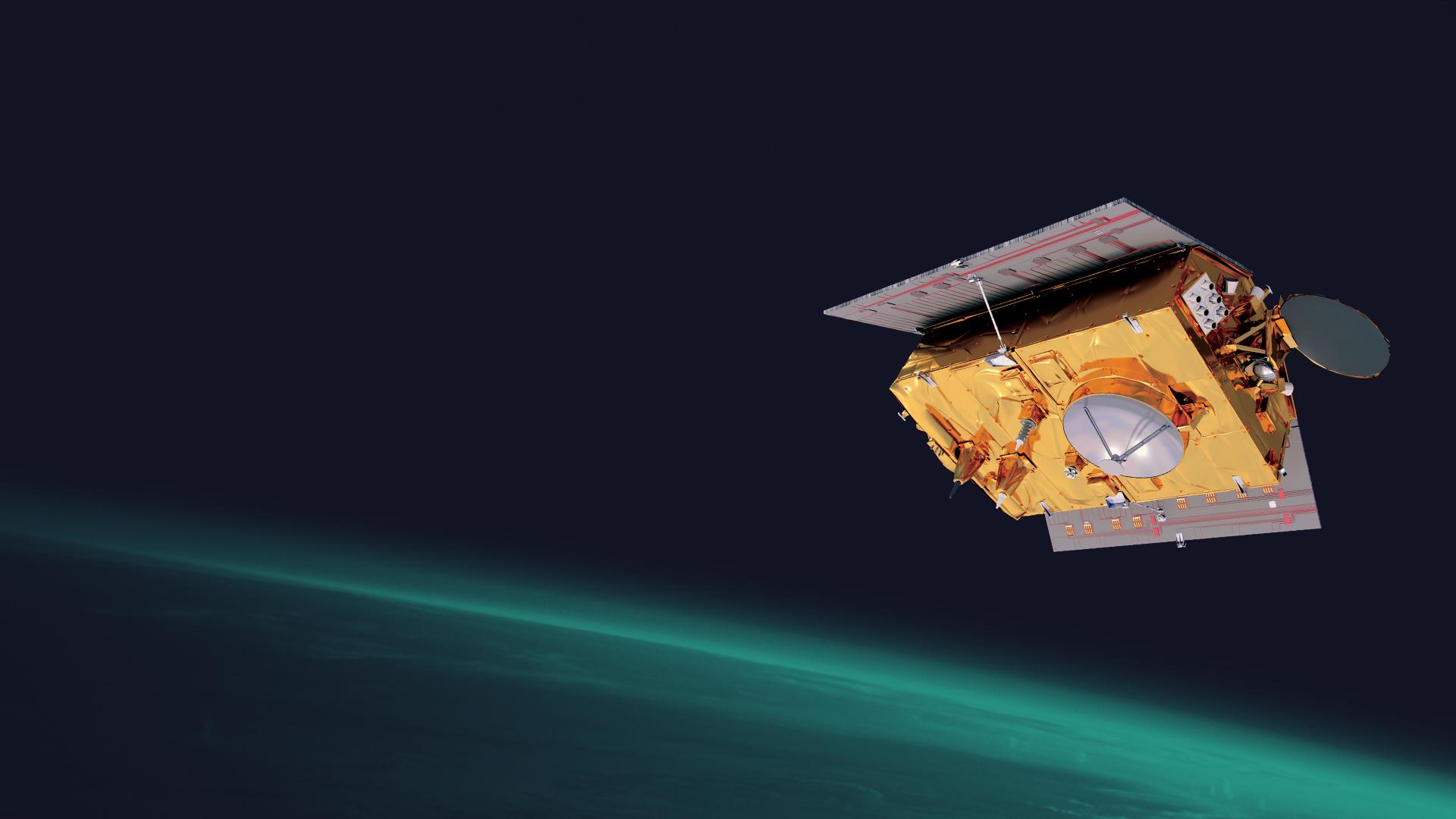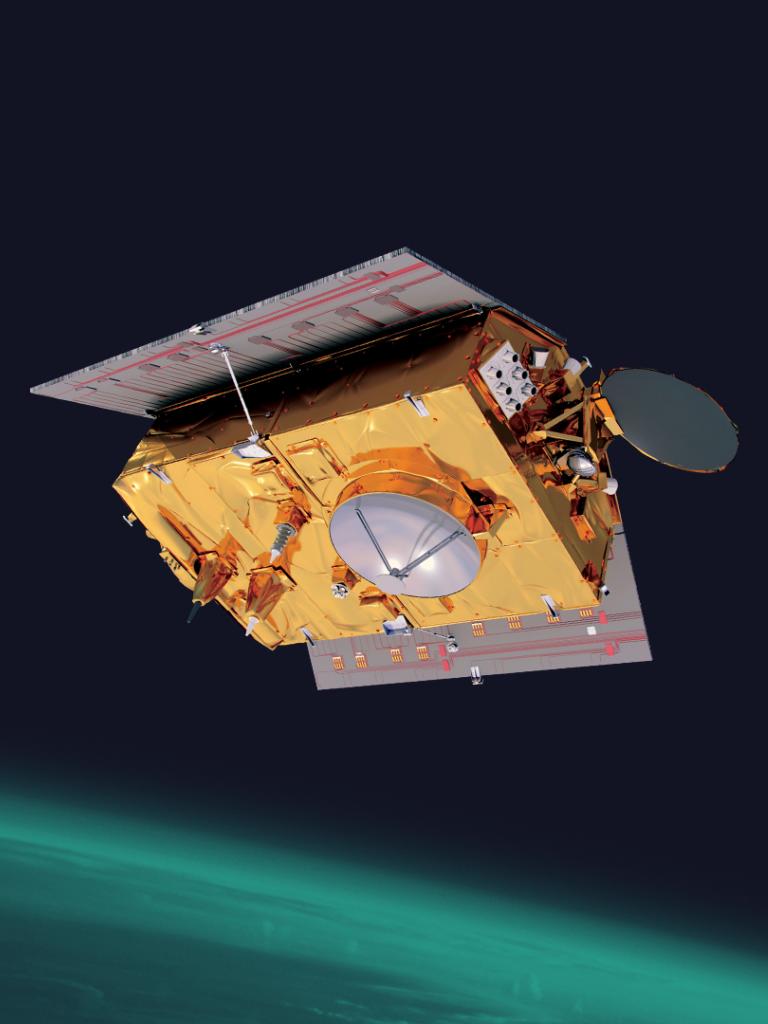Release of new data aids understanding of rising seas
An international mission to understand a global threat.

Gareth Williams, Sentinel-6 System & Operations Preparation Manager, discusses pre-launch activities.


20 November 2020
20 November 2020
We were tasked by the European Commission to develop and operate the European part of the Sentinel-6 ground segment and both satellites, and will continue cooperating with our European and US partners to receive, process, disseminate and archive high-quality altimetry and radio occultation data.
Gareth commented: “the cooperation between partners is fundamental, more so than for any other mission that EUMETSAT has participated in. All partners are responsible for their contributions and EUMETSAT, as system coordinator, binds these together.”

According to Gareth, the team have spent the past 18 months deploying and testing systems as distributed as ground stations in Alaska and Sweden, mission control and data processing systems in Darmstadt, and operations support and processing systems at NASA, NOAA and CNES sites, including some testing with the actual satellite to validate our operational procedures to confirm that they work properly.
“We’ve performed a LOT of testing, and found and fixed many bugs. Finally, in readiness for Sentinel-6, the LEO Mission Control Centre has been refurbished, with the whole ground floor now able to support EPS, Sentinel-3, Sentinel-6 and ready for EPS-SG.”
As a Scot, this mission is important for Gareth: “Scotland is several degrees warmer than it would otherwise be based solely on its latitude, due to the warm water of the North Atlantic Current which is fed by the Gulf Stream – we even have palm trees near Skye! If this flow of warm water was removed, north-western Europe’s climate in winter would likely be much colder, so it’s important to monitor ocean surface height and track these currents to help us understand how they affect climate, how they are changing, and what the result of this might be.”
One thing the team weren’t prepared for was the Covid-19 pandemic, which struck just as they reached the peak of system testing and operations preparation. Gareth said: “We had people having to adjust to teleworking from home; some were stuck abroad in Spain or India, and others were constrained due to vulnerability or the availability of childcare.
However, the pandemic did test people’s creativity: although some activities had to proceed unchanged due to their nature, many had to be rescheduled, performed remotely or, in a very few cases, dropped. Even so, we were still able to complete our system preparations and are now ready for launch.”
For more information on the mission, visit the dedicated Copernicus Sentinel-6 microsite.
